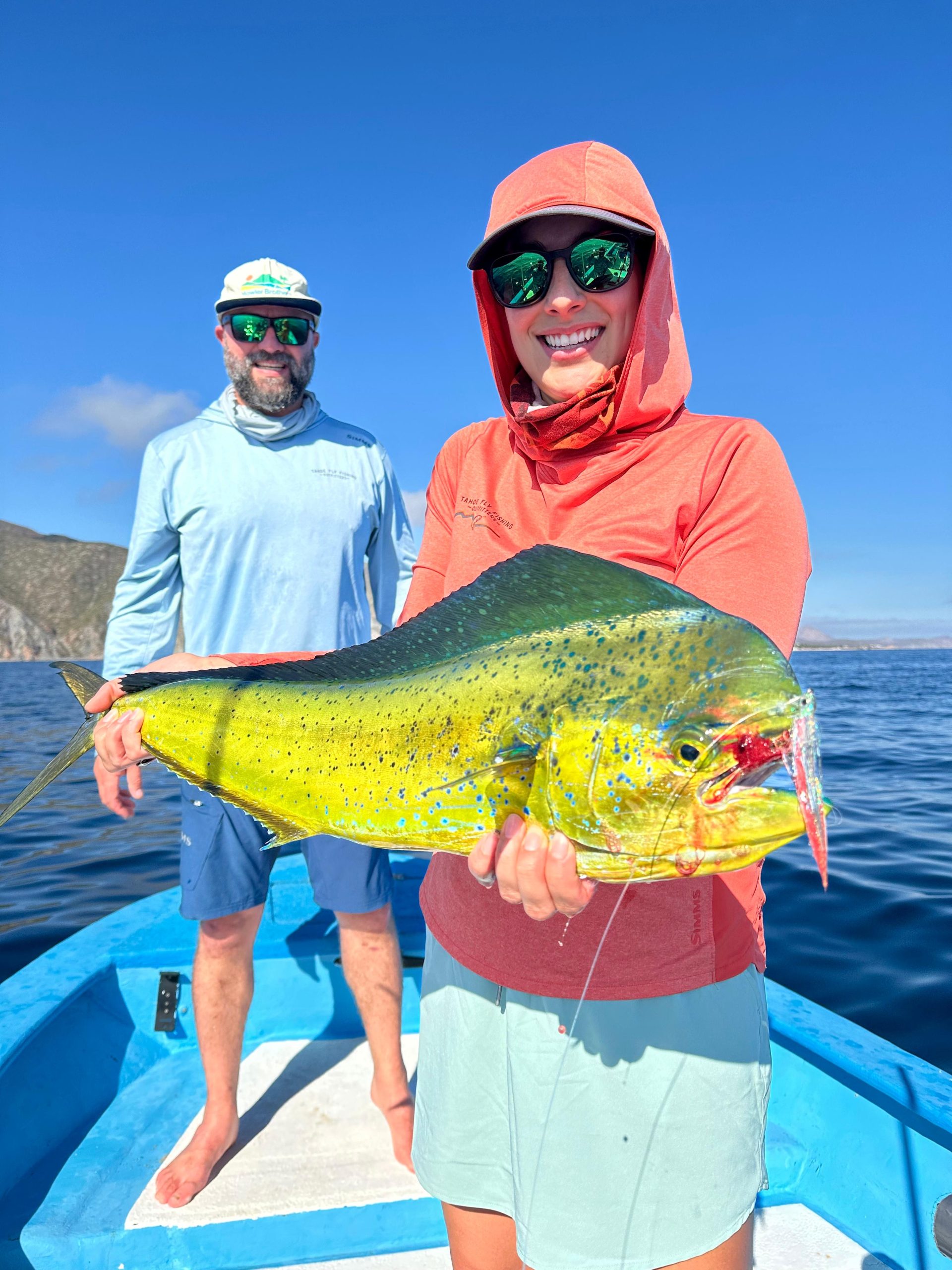So you want to dive into saltwater fly fishing? Transitioning from freshwater to saltwater offers exciting challenges and rewards. Here’s some advice tailored to your salt water setting and your questions about tippets and leaders:
Leaders and Tippets
- Leader Setup:
- Use tapered leaders around 9-12 feet, starting with 20-40 lb test depending on target species.
- Add a bite tippet (30-50 lb fluorocarbon) for fish with sharp teeth like barracuda or tarpon. For smaller fish, a 12-20 lb fluorocarbon tippet works well.
- Knot suggestions: Double uni-knot or loop-to-loop connections for strength and versatility.
- Fluorocarbon vs. Monofilament:
- Fluorocarbon is more abrasion-resistant and nearly invisible underwater, great for clear flats.
- Monofilament is less expensive and easier to tie but less durable against sharp objects like coral or oyster beds.
- Bite Protection:
- Use bite wire (e.g., titanium or nylon-coated) if targeting species like bluefish or barracuda.
- Always carry pre-tied leaders in case you need a quick swap.
Essential Techniques and Tips
- Casting in Wind:
- Practice your double haul to achieve distance and accuracy.
- Learn to cast off-shoulder and backhand for days when the wind isn’t in your favor.
- Read the Water:
- Learn to identify rips, seams, and troughs. These often hold baitfish and predators.
- Look for diving birds, nervous water, or flashes indicating feeding fish.
- Timing and Tides:
- Fish moving water. Incoming and outgoing tides concentrate baitfish and predators.
- Early mornings and late afternoons are prime times, especially in clear shallows.
- Approach:
- Be stealthy. Saltwater fish, especially on flats, are wary.
- Wear muted clothing and wade slowly to avoid spooking fish.
- Fly Selection:
- Simple baitfish patterns like Clousers (chartreuse/white, tan/white) and Deceivers are staples.
- Gurglers and poppers are great for topwater action, especially for snook and redfish.
- Match the size of your fly to the baitfish present in the area.
Safety and Environment
- Wading Cautions:
- Shuffle your feet to avoid stingrays.
- Invest in quality wading boots for protection from sharp objects like oysters and glass.
- Be mindful of tides; getting stranded on flats or mud can be dangerous.
- Sun Protection:
- Wear a wide-brim hat, long-sleeve UV shirts, and neck gaiters.
- Reapply sunscreen often.
- Gear Maintenance:
- Wash all gear thoroughly with fresh water after each outing, as you mentioned. Disassemble reels and pay attention to rod guides.
Bonus Local Tips for Southern Baja
- Species Focus:
- Target snook under mangroves or docks, redfish in grassy flats, and baby tarpon in creeks and canals.
- Seasonal migratory species, like permit or bonefish, offer incredible challenges.
- Explore Kayak Opportunities:
- Southern Baja has incredible backwater estuaries. A kayak allows you to access fish-holding waters most anglers can’t reach.
- Keep It Simple:
- Don’t overthink flies. A few well-tied baitfish patterns will catch a variety of species.
Enjoy the saltwater adventure—it’s a thrilling and rewarding challenge!





